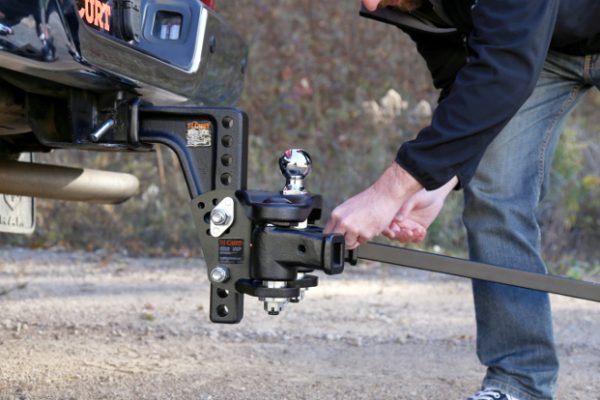Winter is coming and it is time to prepare your vehicle. The last thing you want is to get stranded on a freezing cold day.
Did you know that oil gets thicker in cold temperatures? At 20 degrees below zero, oil gets so thick that most engines struggle to circulate it.
Fortunately, You can avoid these issues and other problems that develop in cold weather. Read on to learn how to prepare your car for winter. Explore a five-step easy checklist so that you can travel safely this winter.
Table of Contents
1. Test Your Battery
Your battery is more susceptible to dying in cold temperatures. This leaves you needing a jump or a replacement battery altogether.
The average battery lasts three to five years. The death blow typically occurs during winter as cold temperatures drain the battery. At 32 degrees Fahrenheit, in fact, your battery is operating at 35% diminished capacity.
The solution is to test your battery before winter to see if it needs replacement. Many repair shops and auto parts stores offer a battery test as a complimentary service.
2. Inflate the Tires
Every time the temperature drops 10 degrees, your tires lose about 1 pound per square inch (PSI). As the temperature drops 50+ degrees in the winter, your tires deflate significantly.
This often leads to a check engine light indicating tire pressure is low. In older cars, owners have no choice but to check tire pressure manually with a gauge.
You can solve this problem easily by monitoring PSI. When PSI drops below the manufacturer’s recommendation, you can top it off at a local gas station.
3. Get an Oil Change
Your winter car maintenance regimen should include an oil change. As we mentioned in the introduction, oil thickens as temperatures drop below freezing.
To promote mechanical integrity, take your car in for an oil change before winter. The key is switching to low-viscosity oil like 5W-30. This step ensures that your car runs smoothly over the most brutal stretch of winter.
4. Check the Antifreeze
Your car’s cooling system prevents the car from overheating. However, pipes in the cooling system can become frozen in the winter.
Antifreeze is an additive that lowers water’s freezing point. You can check your coolant’s freezing point with a refractometer. If the freezing point is too high, it may be time to flush and refill your car’s antifreeze.
5. Inspect Your Vehicle’s Belts
Freezing temperatures often result in snapping serpentine or drive belts. The cold temperatures make the belts brittle and inflexible.
You can prevent this from occurring with a routine inspection. If belts are worn out before the winter starts, they should be replaced to prevent a complete vehicle failure.
Now You Know How to Prepare Your Car for Winter
Winter is going to bring freezing temperatures, blizzards, and potential car trouble. You can avoid most issues by bringing your car to a mechanic for inspection.
There are easy things that you can do like topping up antifreeze or inflating your tires. If you enjoyed this article about how to prepare your car for winter, check out our blog for more great content.





